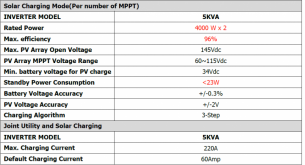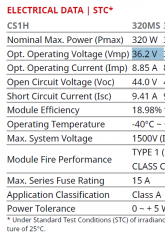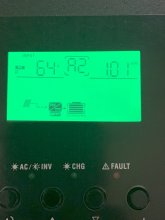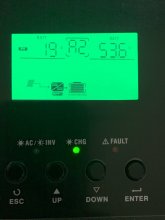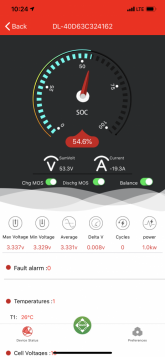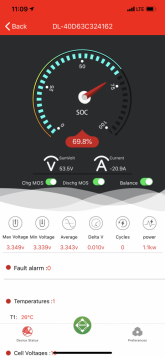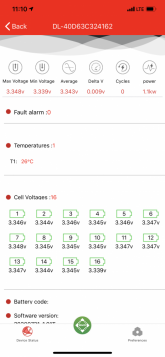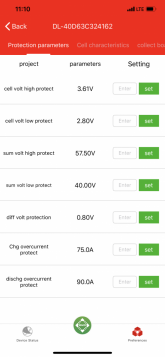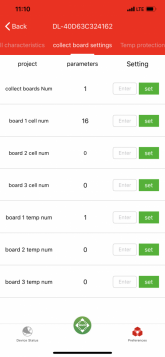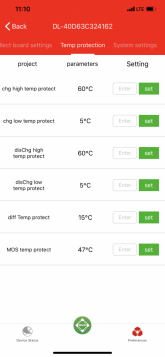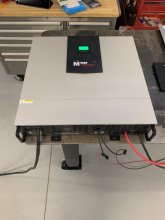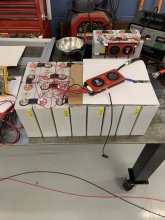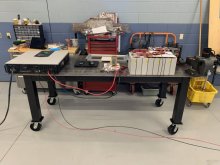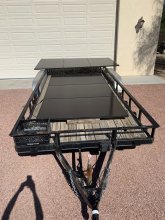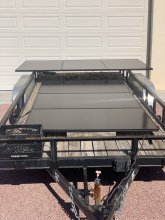erik.calco
Solar Badger
You can configure maximum charging from 10A to 140A, though only 80A can come from solar; the rest from utility. So, setting aside maximum specifications, if I set it to 10A, where does the rest of the power coming in through PV go?Because SCCs are generally very efficient devices e.g. 95-98%, it is always the output FETs that determines the maximum PV input power. FETs always have a voltage drop across them to operate (as all semi-conductors do) so when current flows through them, power loss is inevitable. This power loss is expressed as heat, hence the large heat-sinks on high-power SCCs. There is only a finite amount of heat that can be dissipated, so SCCs have a limit to the current they can supply.
Exceeding the input PV power specification could potentially lead to excessive current flow into the battery, which in turn will heat the FETs beyond tolerance and potentially cause a cascade FET failure (many FETs are usually wired in parallel, so if one FET fails, the others take on the load, which in turn puts them at higher risk of failure - there is always a 'weakest link' when it comes to parallel FETs). It is very unlikely that input current would be anywhere near output current, due to the relatively higher voltage of PV arrays.
I don't know the impact of excessive voltage but I'm guessing this will be due to component tolerances, such as the dialectic breakdown specification of capacitors etc.
I know that it may sound 'conformist', but I would just advise not exceeding either the maximum PV power or maximum PV voltage specifications!
I'll also bet my own money that a manufacturer 'know' that there products have been used outside of specification when it comes to warranty claims - they're not stupid.
Definitely agree with the comments about having as higher voltage on PV input as possible, within specification, obviously!
It has the ability to direct PV also to load. So, assume no load with 10A limit on battery charging, and 60A coming in through PV. How could the inverter deal with the remaining 50A? The answer to this question is likely the answer to how it could deal with over 80A.




